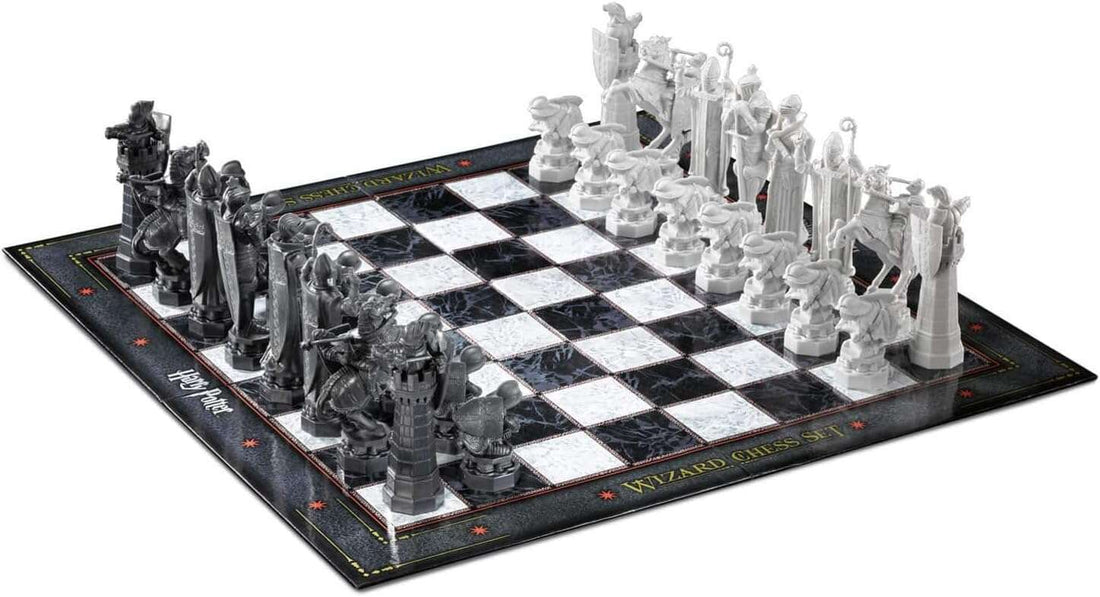
The Evolution of Strategy Games Through the Decades
Share
The world of strategy games has undergone a remarkable transformation since its inception. These games, which require players to make informed decisions and anticipate opponents' actions, have continuously evolved over the years. Let's take a journey through the decades to explore how strategy games have developed and cemented their place in the gaming industry.
The 1950s and 1960s: The Birth of Modern Strategy
The mid-20th century marked the beginning of strategy games as we know them today. The invention of chess and Go revamped modern strategic thinking, laying the groundwork for future developments. These games introduced complex decision-making and long-term strategic planning, becoming staples in the genre.
The 1970s: War Games and Tactical Depth
The 1970s saw the popularisation of war games, which brought a new dimension of depth and complexity to the strategy genre. Games like "Risk" and "Diplomacy" allowed players to simulate conflicts and negotiations, solidifying strategic play in a competitive environment. These games encouraged players to master tactics and hone their strategic skills, elements that remain crucial in strategy games today.
For more insights into the core aspects of these games, you can refer to Understanding the Fundamentals of Strategy Games.
The 1980s: The Rise of Video Game Strategy
With the advent of personal computers, the 1980s ushered in a new era for strategy games: video gaming. Titles like "Civilization" and "Dune II" introduced players to the concept of real-time strategy, where swift decisions and real-time tactics were essential to success. These games proved that digital platforms could enhance strategic gameplay, offering complex and engaging experiences.
The 1990s: Expansion and Innovation
The 1990s witnessed a significant expansion in the diversity and complexity of strategy games. This decade brought forth iconic titles like "Age of Empires" and "StarCraft," which defined real-time strategy for years to come. The period also saw the rise of turn-based strategy games, with titles such as "XCOM" captivating players with their intricate mechanics and engaging narratives.
The 2000s: Online Play and Global Competition
The new millennium transformed strategy games with the rapid growth of the internet. Online multiplayer functionality allowed players worldwide to compete in real-time, creating a global battlefield for strategic minds. Titles like "World of Warcraft" facilitated massive online interactions and collaborative strategies, expanding the social aspect of strategy gaming.
The 2010s to Present: Modern Masterpieces and Future Developments
In recent years, strategy games have continued to grow in complexity and popularity. Modern masterpieces like "Crusader Kings III" and "Total War: Three Kingdoms" showcase refined graphics, comprehensive narratives, and intricate political systems. As technology advances, the potential for developing more sophisticated strategy games is boundless.
The evolution of strategy games highlights the genre's adaptability and enduring appeal. From ancient board games to cutting-edge digital experiences, strategy games continue to captivate and challenge players worldwide. For further exploration into this dynamic genre, visit Meeple Worx.
